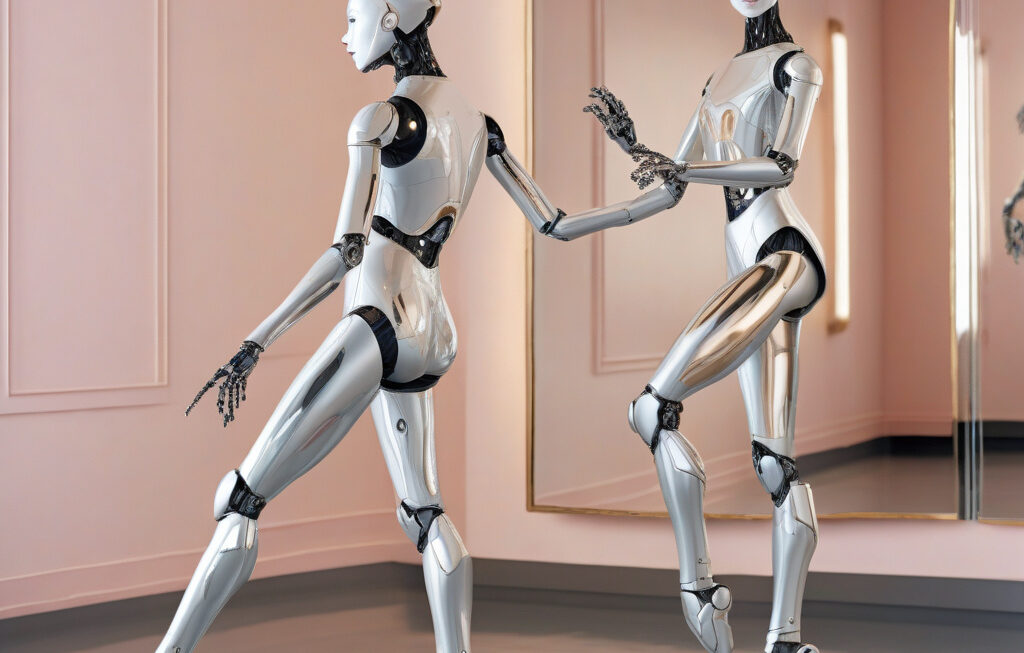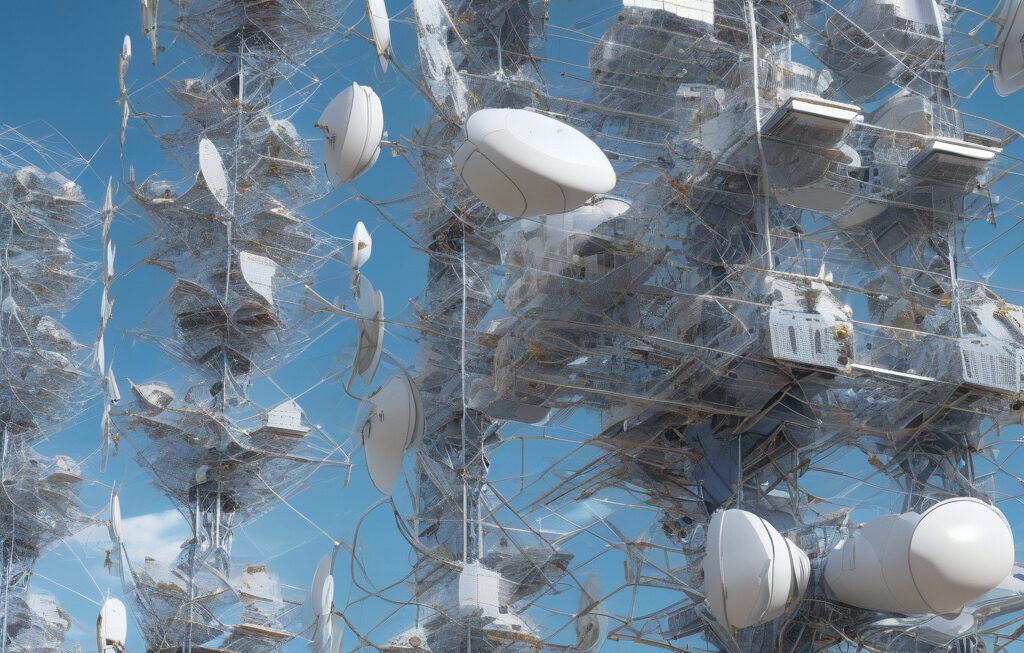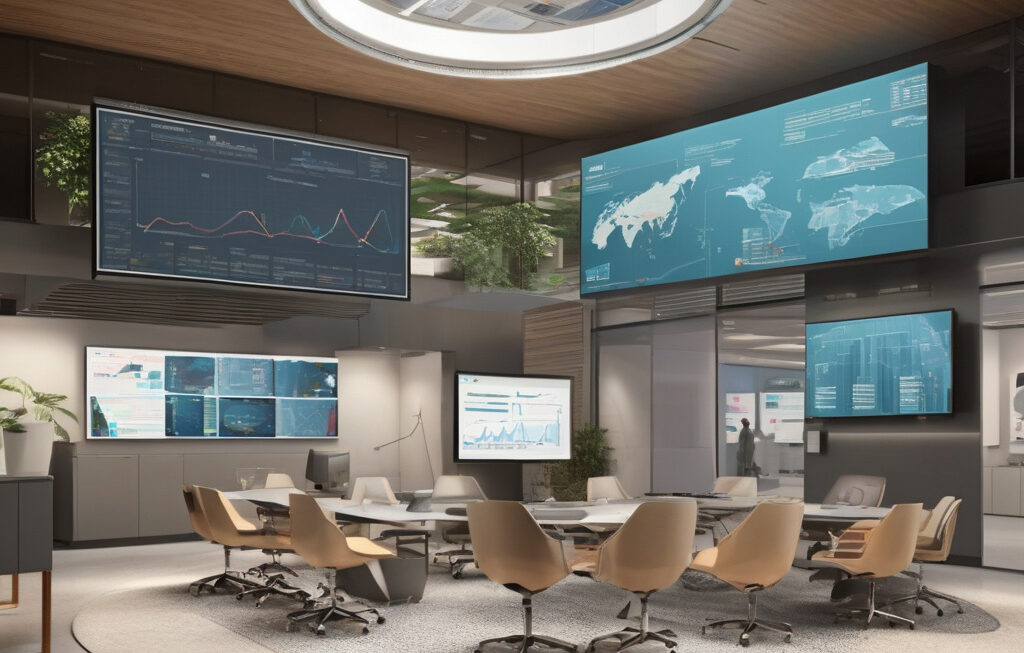World’s First Living Computer Goes Global with 10 Universities on Board
In a groundbreaking fusion of biology and technology, scientists are growing tiny clumps of living human brain cells and using them to power the world’s first living computer. This innovative project, which has gained momentum with the collaboration of 10 prestigious universities worldwide, marks a significant leap forward in the realm of computational systems.
At the heart of this revolutionary development lies the concept of neural networks, mimicking the complex interconnections of the human brain. By harnessing the natural processing power of living neurons, researchers have unlocked a new frontier of computing capabilities that far surpass traditional silicon-based systems. This living computer not only processes information at unprecedented speeds but also demonstrates a remarkable ability to adapt, learn, and evolve.
The implications of this cutting-edge technology are vast and profound. From advancing artificial intelligence to revolutionizing medical diagnostics and treatment, the living computer holds immense promise for addressing some of the most pressing challenges of our time. Imagine a future where machines can not only perform complex calculations but also possess the capacity for creativity, intuition, and emotional intelligence.
As the project gains traction, the collaboration with 10 universities from around the globe brings together a diverse range of expertise and resources. Each institution contributes unique insights and capabilities, fueling the collective effort to push the boundaries of what is possible in the field of bio-computing. From Harvard to Tokyo University, researchers are pooling their talents to drive innovation and unlock the full potential of the living computer.
One of the key advantages of this bio-computing approach is its energy efficiency. Unlike traditional computers that generate heat and consume substantial amounts of power, the living computer operates at a fraction of the energy cost. This not only reduces environmental impact but also opens up new possibilities for sustainable computing solutions in an increasingly digital world.
Moreover, the living computer offers a level of parallel processing and pattern recognition that far exceeds conventional technology. By tapping into the innate capabilities of biological neural networks, researchers can tackle complex problems with unprecedented speed and accuracy. This has profound implications for a wide range of industries, from finance and cybersecurity to healthcare and robotics.
Looking ahead, the global collaboration among these 10 universities signals a new era of scientific discovery and technological advancement. By uniting the brightest minds from diverse disciplines, the living computer project is poised to reshape the landscape of computing and unlock new frontiers of innovation. As this pioneering technology continues to evolve, the possibilities are as limitless as the human imagination.
In conclusion, the world’s first living computer represents a bold leap into the future of computing, blending the biological with the digital to create a new paradigm of intelligence and efficiency. With the combined efforts of 10 leading universities, this project is set to redefine what is possible in the world of technology and usher in a new era of innovation. The journey towards a truly living, thinking machine has only just begun, and the potential for discovery and advancement is truly awe-inspiring.
living computer, bio-computing, neural networks, global collaboration, technological innovation












